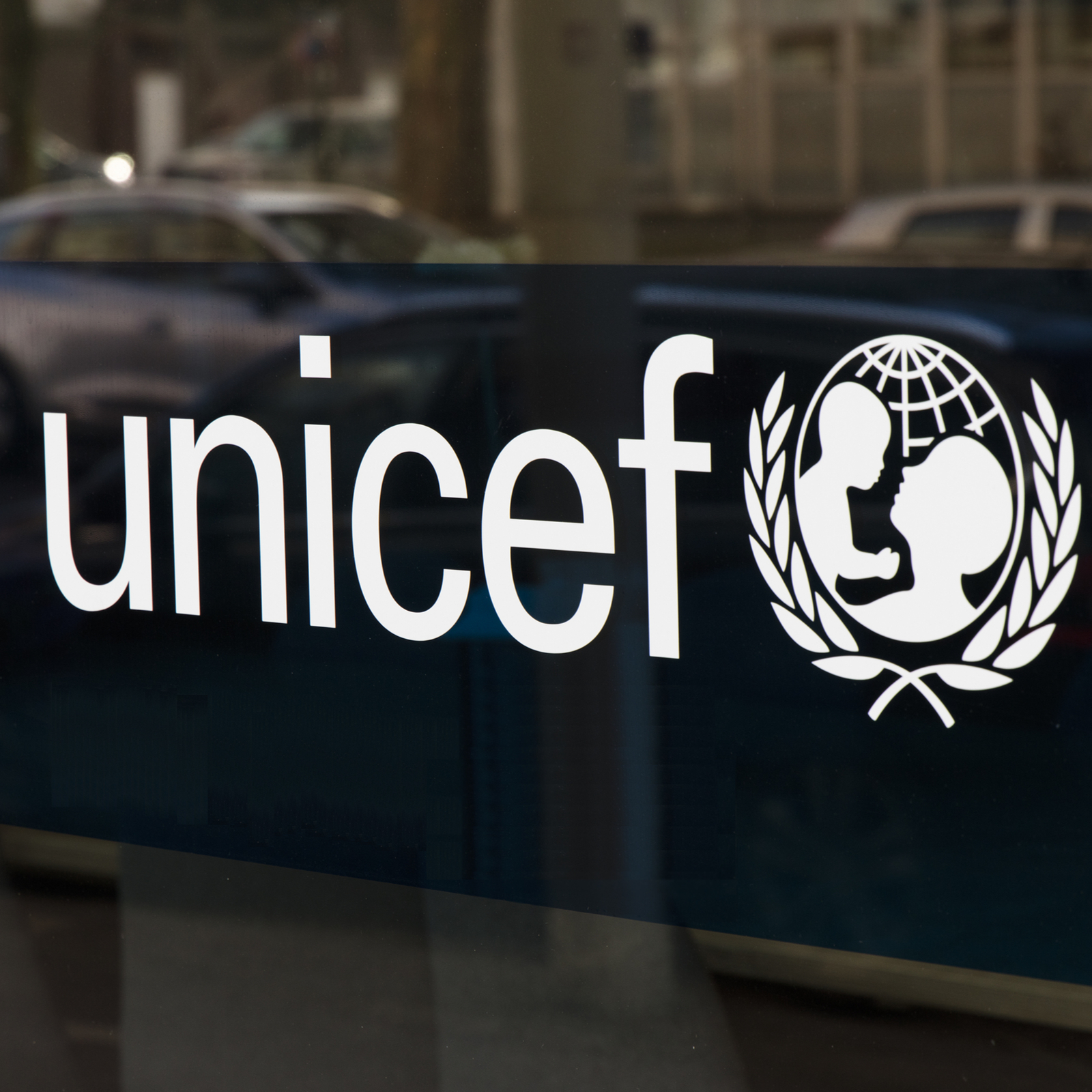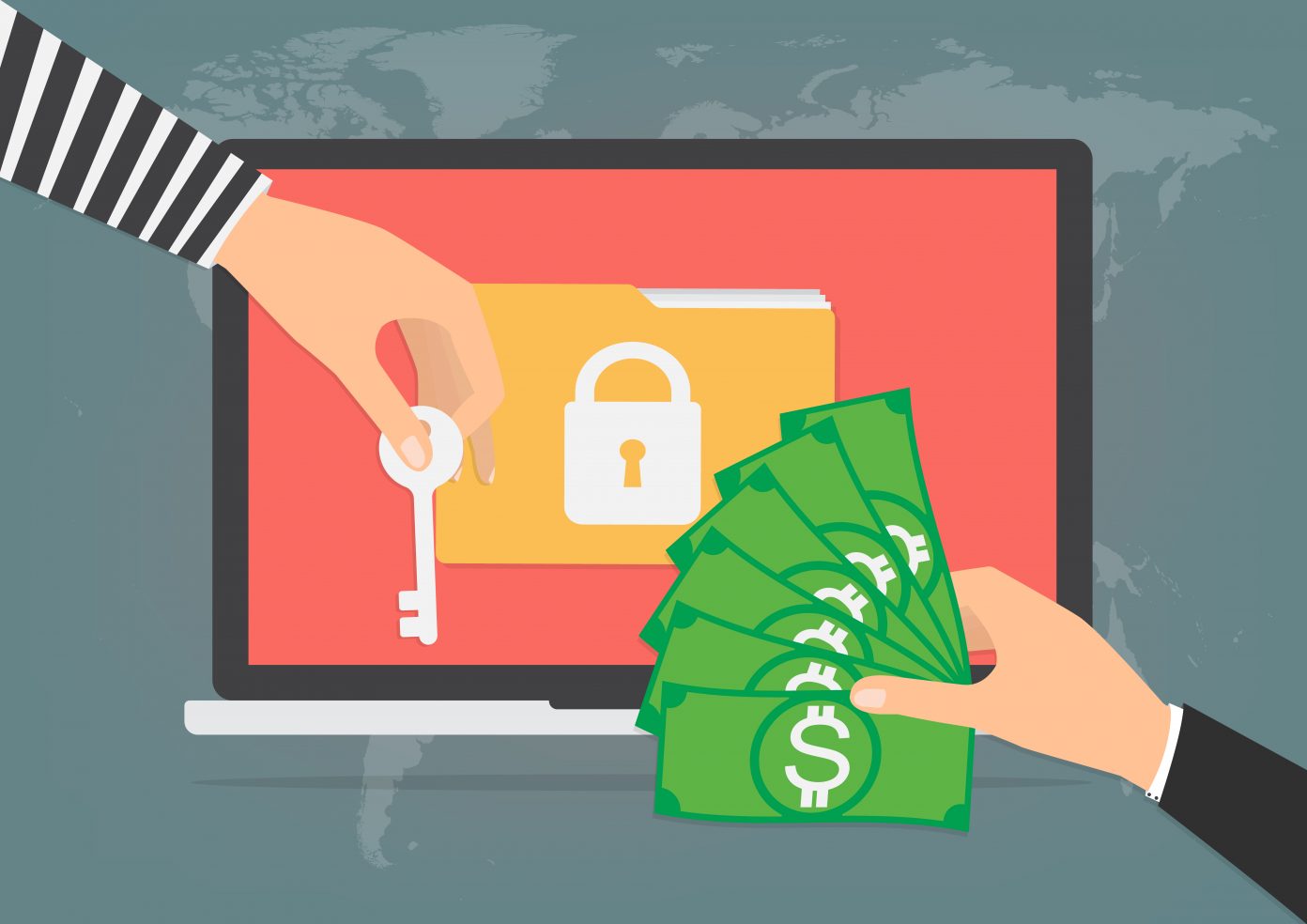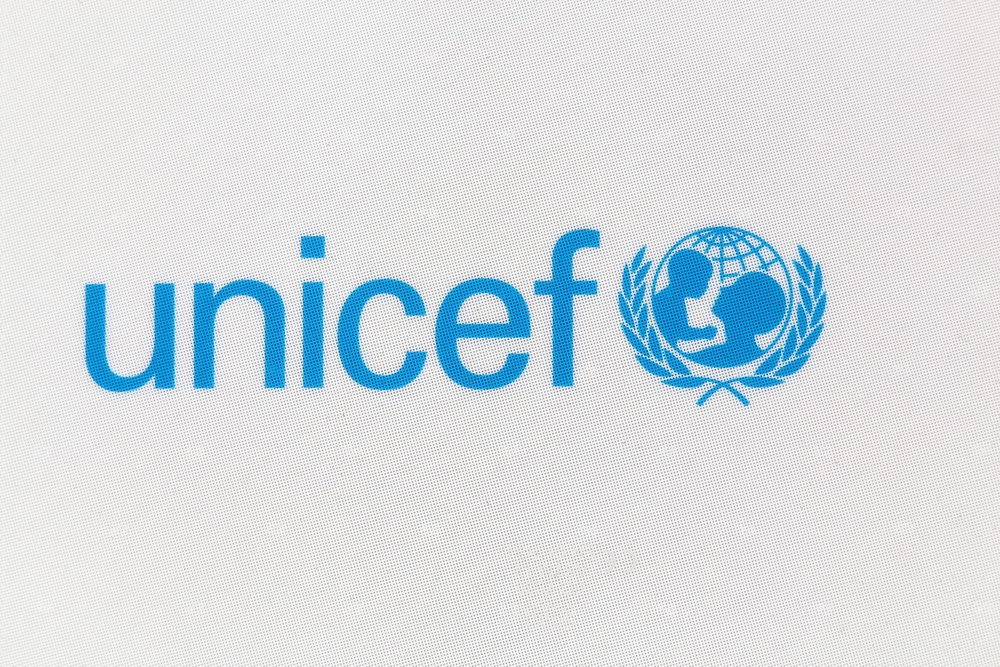
Unicef Australia has launched a platform through which third-party donations are made in the form of in-browser computing power which is used for cryptocurrency mining. The website, The Hopepage, allows donors to designate a set percentage of computing power to divert to mining Monero on behalf of Unicef.
Also Read: Peter Thiel’s Founders Fund Thinks Institutional Investors Want In On Bitcoin
Unicef Australia Encourages Donations of Computing Power Through In-Browser Monero Mining
 Unicef Australia has launched The Hopepage, a website that the company states will “allow Australians to provide help and hope to vulnerable children by simply opening the page while they are online.”
Unicef Australia has launched The Hopepage, a website that the company states will “allow Australians to provide help and hope to vulnerable children by simply opening the page while they are online.”
The website states that users “select how much compute power they are willing to donate to the mining, safe in the knowledge the process will not store any personal information,” adding that “The longer you stay on the page and the more processor power you donate, the more algorithms get solved, which earns cryptocurrency.”
Unicef Australia director of fundraising and communications, Jennifer Tierney, stated “We wanted to leverage new emerging technologies to raise awareness about current humanitarian crises and raise funds to support children caught up in them. The Hopepage allows Australians to provide help and hope to vulnerable children by simply opening the page while they are online.”
Unicef Adopts Opt-In Coinhive Script
 The platform utilizes AuthedMine – an opt-in version of Coinhive’s API which was released by the company in order to fend off criticism of its product and to justify seeking lenient treatment from adblockers and antivirus products.
The platform utilizes AuthedMine – an opt-in version of Coinhive’s API which was released by the company in order to fend off criticism of its product and to justify seeking lenient treatment from adblockers and antivirus products.
Unicef has advised that donors “may need to disable [their] ad blocker” in order to use The Hopepage. Unicef Australia digital engagement and content manager, Tony Tang, told local media that “Some ad blockers do disable the script, however, we ask that people that seek to donate disable this for our website. This is not dissimilar to media and news outlets requesting you to disable ad blockers to view their content. While it has potential to limit some users, we are still capturing new audiences we wouldn’t otherwise be able to reach.”
Unicef initially did not disclose that it was using Authedmine for The Hopepage, with Mr. Tang stating that the organization chose not to do such “in the same way we wouldn’t disclose server setups or configurations.”
Mr. Tang defended the transparency of the platform, stating “We are transparent in the fact we are borrowing a computer’s processing power, and provide the ability to choose how much power is donated. The donation is a one-time session, and needs to be approved by the user each time they visit the site. The Hopepage is entirely user-initiated, and they have the ultimate power to decide whether to participate or not.”
Unicef Experiments With Cryptocurrency Mining Donations
 In February, Unicef launched the Gamechangers program – through which the organization sought to recruit gamers to allocate processing power to mine Ethereum on behalf of Unicef.
In February, Unicef launched the Gamechangers program – through which the organization sought to recruit gamers to allocate processing power to mine Ethereum on behalf of Unicef.
According to Unicef Australia, funds raised through The Hopepage are currently being allocated to support organization’s efforts in responding to the crisis in Rohingya.
At the time of writing, 2,303 people were actively donating processing power through the platform.
Do you think that other charitable organization will seek to emulate The Hopepage and develop their own platforms through which donors can offer computing power for crypto mining? Share your thoughts in the comments section below!
Images courtesy of Shutterstock
Need to calculate your bitcoin holdings? Check our tools section.
The post Unicef Australia Launches Crypto Mining Donation Platform appeared first on Bitcoin News.
Powered by WPeMatico
